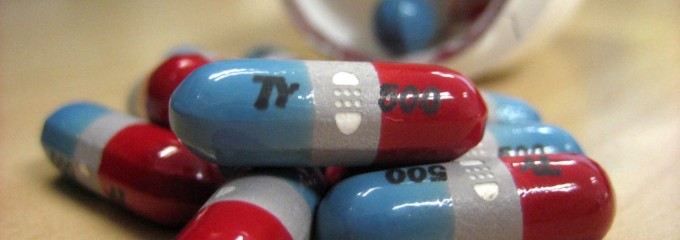Home First Aid Kit Essentials

Scrapes and bruises are a part of everyday life, especially if your life involves children. So it’s a good idea to have a basic first aid kit all put together when mini emergencies strike. It’s even more important to have everything you need handy when someone suffers a larger injury at your home. If you’re afraid your first aid kit might be lacking in some areas, check out our guide for tips on how to beef it up with the essentials:
- Bandages. Bandages are the first line of defense against germs, so you should make sure that you have a bandage for every occasion. Your first aid kit should therefore include not only plastic Band Aids in various shapes and sizes, but also gauze pads and roller gauze with adhesive tape to affix them to skin. It’s a good idea to have elastic wrap and at least one large triangular bandage in your kit, too.
- Germ-fighters. The second line of defense against germs? The ointments or salves you use to ward off bacteria underneath the bandages. Your first aid kit needs to contain at least a few basic ones, including an antiseptic solution (and cotton balls and swabs for applying it), an antibiotic ointment, saline solution for washing out eyes, and soap or hand sanitizer. Bonus points if you include a turkey baster for flushing bacteria and debris from larger wounds.
- Tools. You’ll need a sharp pair of small scissors to slice through that gauze. Likewise, you should keep disposable gloves in the kit to wear when dressing wounds, and plastic bags to hold any used bandages and other items to toss. Include tweezers for issues like splinters and, of course, a thermometer to check for a fever.
- Soothers. If your child sustains a minor bruise or scrape, an instant cold pack could help soothe the pain. Aloe vera, likewise, can ease sunburn, and calamine lotion can assuage poison ivy and other itchy rashes.
- Mild medications. You don’t want to keep strong medications lying around, but your first aid kit should house the basic ones necessary for common injuries and illnesses. That includes aspirin, acetaminophen (better known as Tylenol), and ibuprofen. Include at least one option for small children, even if you don’t have any in the house—you can’t predict when a guest’s child might get sick. Also include an antihistamine, at least one type of stomach-soothing medicine, and any prescriptions specific to your family. If you have a child with asthma, stow an extra inhaler in here. Likewise, if anyone in your family has a severe allergy, it’s not a bad idea to buy an extra EpiPen for your first aid kid.
- Extras. Although the aforementioned categories contain most of the basics for a well-rounded home first aid kit, you can never be too prepared. So if you have some time to spare, you can also add a list of emergency phone numbers to the kit in case you aren’t able to call yourself. A simple rundown of your family’s medical history wouldn’t hurt either. A blanket is a good idea, too, as well as candles and matches for light in an emergency (or better yet, a flashlight and extra batteries).
Anatomy of a First Aid Kit [American Red Cross]
First-Aid Kit [Kids Health]
First-aid kits: Stock supplies that can save lives [Mayo Clinic]
Image: http://commons.wikimedia.org/wiki/File:Tylenol_rapid_release_pills.jpg
Attribution: CC BY-SA 2.0/ Flickr/Katy Warner